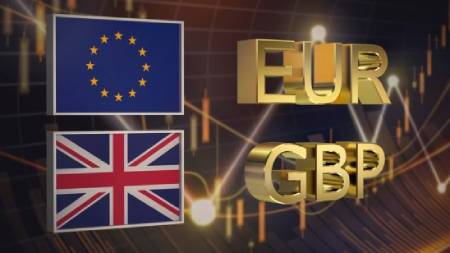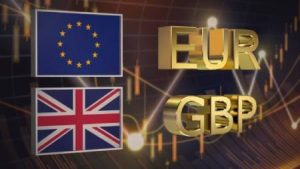In Tuesday’s trading session, the EUR/GBP stabilized at 0.8555 after hitting its lowest level since September lows around 0.8545. Weak Consumer Confidence data from the European Commission, weakened the Euro, while the Pound has a slight advantage as markets bet on less easing of the Bank of England (BoE) in 2024.
As for now, the United Kingdom and the Eurozone economies continue to navigate uncertainties with both regions noticing demands for loans and credit dropping in Q4. The British economy is holding somewhat resilient with inflation remaining stubbornly high which is making markets expect less easing by the Bank of England in 2024. The ECB (European Central Bank) meets on Thursday and President Lagarde might resist market bets on policy easing and maintain a cautious. As for now, investors are forecasting 150 bps of rate cuts in 2024 but the policy statement and Lagarde’s tone might affect those odds. Regarding the BoE, its next meeting is due on March 6 and markets are seeing less easing than the ECB, of 125 bps in 2024 which seems to be giving a slight advantage to the Pound over the Euro.
The indicators on the daily chart reflect the overall bearish sentiment. The Relative Strength Index (RSI) bolsters this viewpoint, as its position is in negative territory with a negative slope, indicating a sustained seller’s market. The Moving Average Convergence Divergence (MACD) histogram tells a similar story as it prints rising red bars. The Simple Moving Averages (SMAs) align with these previous indicators. It unveils the pair’s standing below the 20, 100, and 200-day SMAs, signaling the prevalent strength of the bears in a broader context. It mirrors the uphill struggle that buyers may confront in the short-term scheme.




